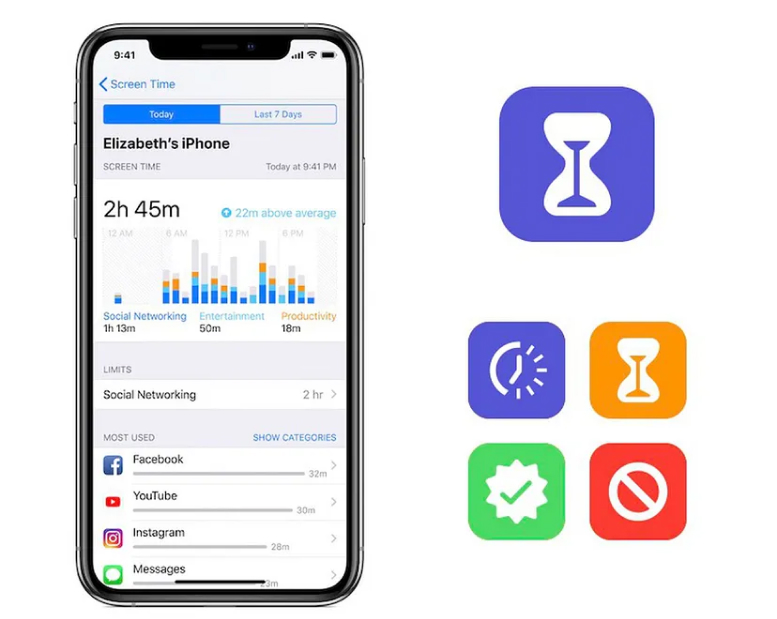Back
How Parents Face Challenges Communicating with Kids When They Are Away
Tanisha

Parenting in the digital age isn’t just about raising kids; it’s about staying connected with them in meaningful ways, even when miles apart. With demanding work schedules, unexpected business trips, or long commutes, parents often find themselves relying on technology to bridge the gap. But is technology truly helping, or is it creating a silent divide?
Many parents struggle with maintaining communication with their kids when they aren’t physically present. While screens provide an easy escape, they often fail to nurture emotional bonds. The key challenge lies in balancing technology use while ensuring children feel heard, valued, and emotionally secure.
The Struggles of Staying Connected as a Parent
The One-Word Answer Syndrome - Ever called your child and asked how their day was, only to receive a one-word reply like “Fine” or “Good”? This lack of engagement is a common frustration for parents trying to connect.
Screens as Emotional Crutches - Many kids turn to screens when they miss their parents. While this may seem harmless, it can lead to a dependency where screens replace emotional conversations.
Time Zone and Scheduling Conflicts - Parents who travel for work often face the additional challenge of time zone differences, making real-time conversations difficult.
Lack of Meaningful Activities - Without structured interactions, kids often end up watching videos or gaming instead of engaging in thoughtful conversations with their parents.
Not Knowing How They Feel - Unlike in-person interactions, virtual check-ins don’t always reveal how a child is really feeling, making it harder for parents to offer emotional support.
How Can Parents Improve Long-Distance Communication?
When parents are away from their kids, their screen time can often increase significantly, as they may use devices to fill the time without the responsibility of actively engaging with their children; however, it’s important to maintain a healthy balance and avoid excessive screen time even during these periods to maintain mental well-being and avoid neglecting other activities.
- Potential for increased screen time: When not actively parenting, parents might spend more time on their phones, laptops, or TVs due to the availability of free time.
- Mindful usage: While some screen time is okay, being aware of how much time is spent on devices and setting limits is crucial, even when alone.
- Importance of other activities: Use time away from children to engage in hobbies, exercise, socialize, or pursue personal interests that don’t involve screens.
- Impact on mental health: Excessive screen time, even when alone, can negatively affect mood and sleep patterns.
Managing Screen Time
To manage their kids’ screen time, Apple’s native ScreenTime tool is popular among parents. It offers a way to lock the iPad after a certain time slot (e.g. before 9am / after 7PM) and provides insights into their children’s iPad usage—such as time spent in apps, trends, etc. However, only a third of parents (30%) actively use Apple’s ScreenTime. More broadly, 52% of parents actively monitor their kids’ screen time, though many still do so in a more archaic way: they simply take away the iPad when time is up (the good old fashioned “snag-a-pad”).

What Could Be Done to Improve This?
So, what can we do to give parents the right tools and make them feel more empowered? I will limit my thoughts here to digital-first solutions and observations.